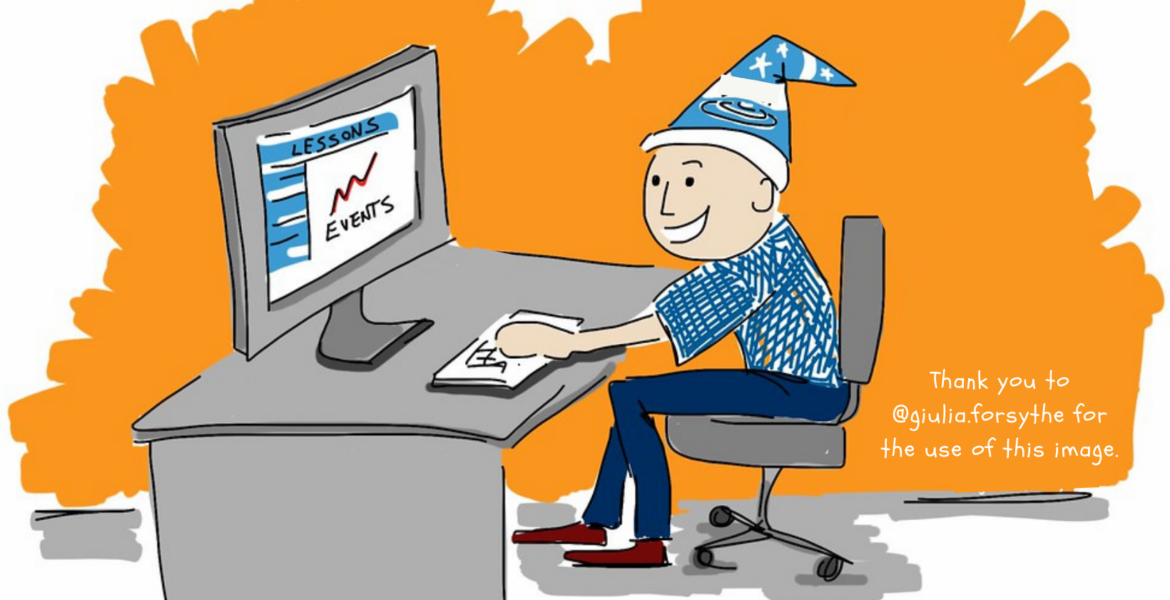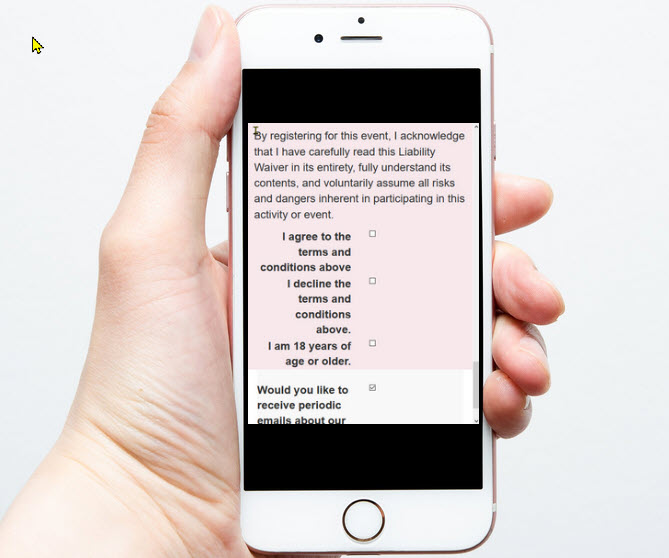Baird and Carl with thanks to the many mavens we have learned from.
At WaterGrass, we’ve watched a lot of organizations grow. The successful ones maintain consistency in their database and get really good at using the data to generate donations and engagement from their supporters. They can do that because their data is entered uniformly and accurately. And the person to thank for that is their data expert … their connoisseur of data … their data maven.
We work closely with data mavens. Over time, we’ve realized how hard the job is and what a unique set of skills and predispositions are needed.
The job of maintaining the database can be thankless and stressful. Many organizations have at least some staff members who don’t enter information promptly, or accurately, or at all. Sometimes those staff members are the organization’s executives or program staff, and some of them may even think that maintaining the database is not the organization’s “real work.”
Data mavens often have to “manage up” to change the culture of the organization so that colleagues share the responsibility for accuracy and the vision of how the database will streamline their work. This is a cultural transformation that can take years. Large corporations fail at their database initiatives more than half the time, usually because staff won’t adopt the changes. In nonprofits, it’s harder. It involves planning, cajoling, rewarding, setting rules, holding people accountable, listening and rethinking.
Here’s how we would interview for a staff position that’s in charge of the organizational database:
Caveat: All of the exercises suggested here require the applicant to question or correct you. So when you set up the exercise, you should make it clear that you’re nearby and available to take questions. Differences in age, race and culture will also play into an applicant’s willingness to speak up. The challenge for you is to create a situation where they feel empowered enough to do so - or at least, as empowered as they would be if they worked with you. You are not just testing whether they enter records accurately - you’re learning how they work with you to make the data better.
These exercises are not suited for an initial interview - they’re best suited to a follow-up, when you’re investing more time to get to know the candidate better, and when the candidate feels more comfortable with you and your organization.
Do they dislike ambiguity in data?
How to test: Give the job applicant a data entry task. Mixed in the data include variability - like using both the state abbreviation and the state name in addresses, or “Department of Environmental Protection” on one record and “Dept Env Protection” on another. (Experienced mavens usually opt for writing names out fully.) Insert misspellings. Include some contributions with a category of “membership” and some with a category of “mmbr.” Tell them there may be some variations in the data, and to handle it as they best see fit.
Good applicants will tend strongly toward making data entries uniform. They will want to know whether “Dept Env Protection” is really the same as “Department of Environmental Protection” and if it is whether they shouldn’t be the same. They may opt to make the data uniform themselves and then confirm with you that they did it correctly. They will get into the details. You are looking for someone who takes initiative to make data accurate, and who does so quickly, but also wants feedback so they don’t make mistakes.
Are they patient while they communicate the need for clarity and accuracy?
Mavens have to manage their own feelings - because the inaccuracies that drive them crazy may seem unimportant to other people. They may hear themselves referred to as “picky” or “perfectionist.” It’s stressful to have a role that requires enforcing rules on the unwilling, and they have to manage their own frustrations as they deal with others.
How to test: Give them a data task with confusing or contradictory instructions - that is, they cannot complete the task well without corrections to the instructions. Let them know that it may need some modifications. Your ideal candidate will look over the instructions carefully and reread them to make sure they haven’t simply misunderstood. Then they will come to you for clarification, probably referring specifically to the part of the instruction that they didn’t understand and potentially explaining to you why the clarifications are needed. Agree with them on a solution so they can complete the task to your satisfaction.
Are they interested in the data’s meaning?
When faced with a report or a chart generated from a data, mavens understand that it tells a story and will ask questions like:
- Does this fit your expectations?
- Is the data it’s based on accurate?
- Are you measuring the right thing?
- If this is accurate, what does it mean?
How to test: Share a trend chart generated from your own database that shows an unexpected rise or drip. Perhaps it’s a chart of your membership numbers over the years, and there’s a sudden jump last year you can’t explain. Ask the maven how they would help you figure out what’s happening. Good candidates will diplomatically note that you already have issues with inconsistency. They will usually want to see the data itself, or indicate that if they were to take the job they would want to see it. They will ask what might have changed to cause the increase. Above all, they will be intrigued.
Are they committed to your mission?
This is the secret sauce. The best data mavens care deeply about the organization’s mission; they are often firmly rooted in the community or place that they live. If they worked in the private sector, they would probably earn more and have an easier time imposing rules for data entry on their colleagues. But they stay in their jobs because of what the organization does.
How to test: Invite them to one of your organization’s in-person activities. See whether they come, whether the activity energizes them, and how they fit into the culture. If they’re from a culture or race that’s not well-represented in your organization, take specific steps to make sure the event is welcoming.
Do the problems with your data make them wonder about your organization?
The glitches in the exercises outlined above will disturb someone who cares about accuracy.
How to test for it: At the end of the interview, ask their impression. After they’ve answered, explain that the inaccuracies, misspellings, and bad instructions were actually intentional. Say you’re testing not just for ability to use the database but about how the applicant would work with others to improve data and turn the database into a tool that everyone uses. You know the data will always have inaccuracies, and the job requires patience and tenacity in working with colleagues. The right candidate will be relieved to hear your explanation, and possibly excited that you understand the human dimensions of the job.
In sum, data mavens have a special set of personal qualities as well as the skills to work within the organization and the commitment to stay with you over years. Finding the right person can greatly smooth your operations and set your organization up for long-term growth.



